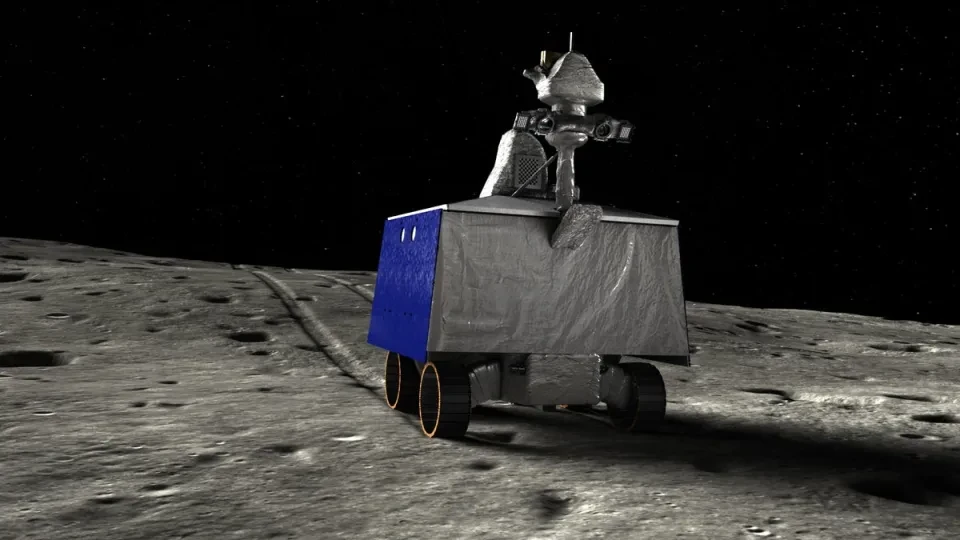Introduction
As NASA’s second Artemis mission approaches, the agency is preparing for a historic return to the moon
by integrating advanced artificial intelligence technology. One of the most fascinating developments
is the Volatiles Investigating Polar Exploration Rover (VIPER), which is set to revolutionize lunar
exploration with its landing on the moon‘s Mons Mouton.
AI Integration in Lunar Exploration
The VIPER mission is a cornerstone of NASA’s ambitious Artemis program and showcases the potential of
AI in space exploration. The mission aims to utilize advanced artificial intelligence technologies to
enhance the adaptability, flexibility, resilience, and efficiency of the rover.
The project represents a significant technological advancement, as it demonstrates how combining
AI with human ingenuity can significantly enhance our capabilities in understanding the complexities
of space. The integration of AI in the VIPER mission signifies a major step forward for lunar exploration,
laying the groundwork for future space missions that seamlessly integrate these new technologies.
System Health Enabled Real-Time Planning Advisor (SHERPA)
At the core of VIPER’s AI capabilities is the System Health Enabled Real-Time Planning Advisor (SHERPA).
This tool functions as a decision-making aid for NASA scientists by providing route options and assessing
risks through extensive simulations. SHERPA has already proven indispensable in planning the rover’s
100-day mission around the moon’s challenging south pole.
This critical role of SHERPA extends from pre-mission route planning to real-time adjustments once on the
moon, ensuring that VIPER navigates safely and effectively. The collaboration between human decision-makers
and SHERPA allows for a balanced approach, leveraging AI‘s analytical power and human expertise in a
synergistic manner.
AI‘s Role in Lunar Operations
VIPER will employ temporal constraint planning, a subfield of AI, to manage its activities within the
mission’s timeframe. This technique is crucial for balancing scientific goals with the practicalities of
lunar operations, exemplifying the seamless integration of AI in every aspect of the mission.
The adaptability provided by AI is particularly crucial when it comes to the moon‘s unpredictable and harsh
terrain. VIPER’s AI integration, in conjunction with human expertise, marks a significant leap forward in
space exploration capabilities.
Scientific Endeavors and Future Implications
VIPER’s mission includes multiple stops at various science stations chosen for their potential to contribute
to understanding the moon‘s water distribution and the evolution of lunar volatiles. This underscores the mission’s
significant scientific objectives and the role of advanced AI in achieving these goals.
The successful integration of AI in the VIPER mission marks a pivotal moment in space exploration, highlighting
the synergistic relationship between advanced technologies and human ingenuity. It paves the way for future missions
that leverage these new technologies to further unravel the mysteries of space.
Conclusion
The VIPER mission, with AI as a key component, represents a remarkable advancement in space exploration. It demonstrates
how the integration of advanced AI technologies can significantly enhance our capabilities to understand and explore space,
setting the stage for future missions that further integrate these new technologies.
Source: space







No Comments